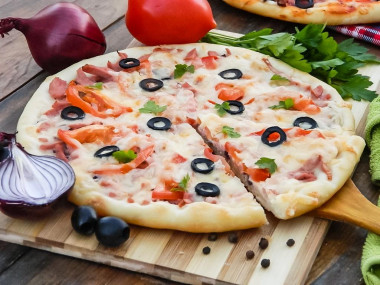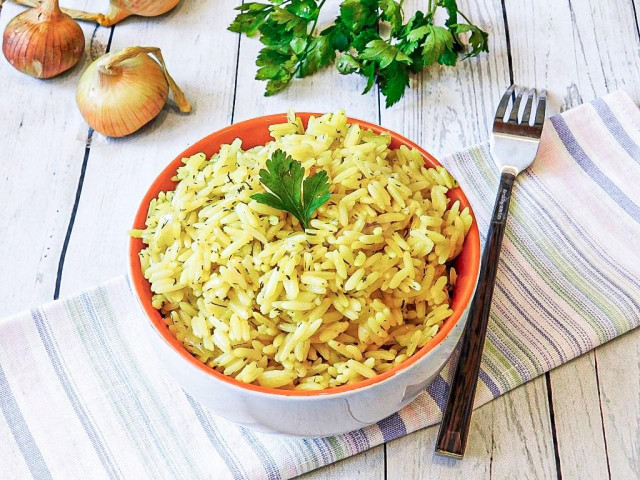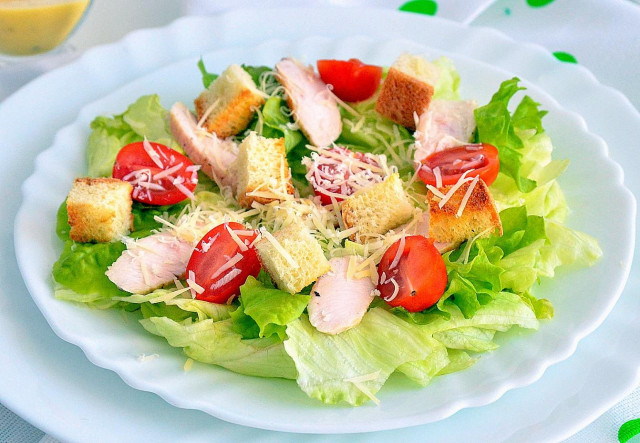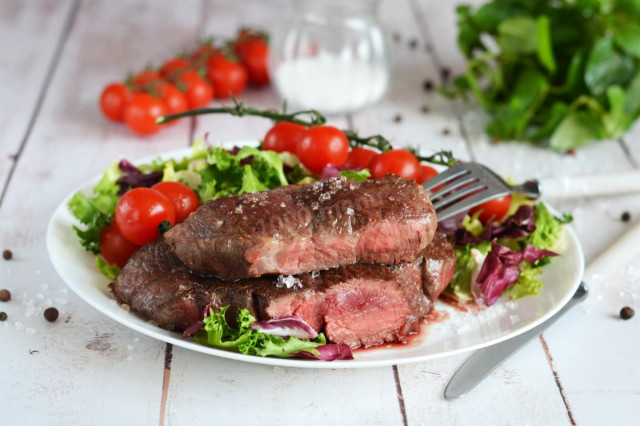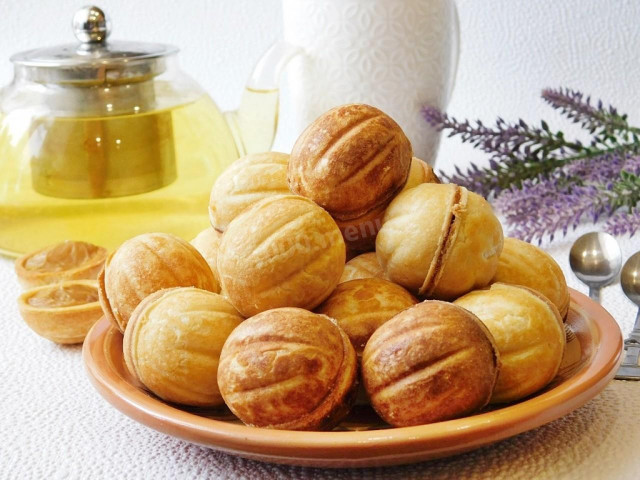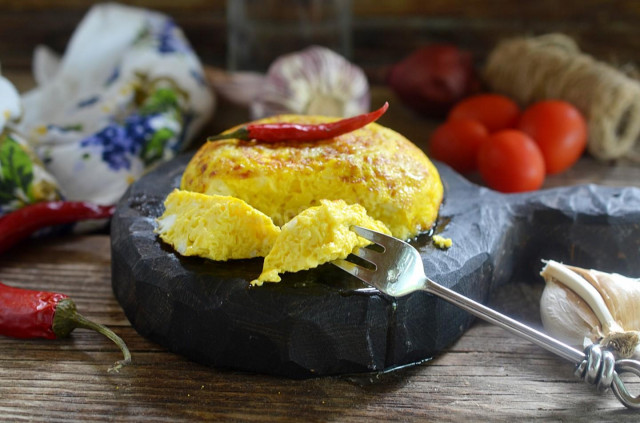Composition / ingredients
Step-by-step cooking
Step 1:
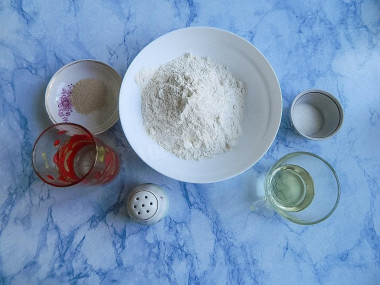
How to make homemade pizza in the oven with sausage classic? Start cooking pizza with dough. Prepare all the necessary ingredients. Olive oil is used in the classic pizza dough recipe. But it can be replaced with any other refined vegetable oil. Use flour of the highest grade. It must be sifted to remove small debris and saturate the dough with oxygen and it rose well and was airy.
Step 2:

In warm water (37-40°C) add sugar and yeast. Stir with a spoon until the sugar is completely dissolved. In the absence of a special cooking thermometer, the required temperature can be determined in the following way: you need to drop a drop of water on the inside of the wrist. If the feeling is neutral - not cold and not hot, then the temperature is correct.
Step 3:

If the temperature is too low, the yeast will work slower and it will take longer to cook. At elevated temperatures, the yeast will die and the dough will not rise. Add 2 tablespoons of flour, mix and leave for 10 minutes.
Step 4:
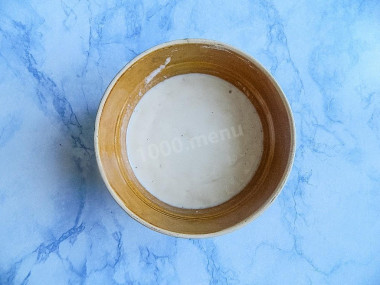
If a fluffy cap appears on the surface, then the yeast has activated and you can continue cooking.
Step 5:
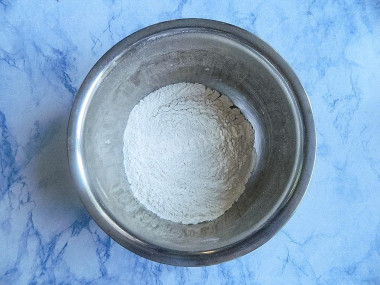
To knead the dough, take a deep bowl in which it will be convenient to mix dry and liquid ingredients. Pour half of the flour into it. Add salt and mix it with flour so that the dough is evenly salted. Make a recess in the middle of the flour.
Step 6:
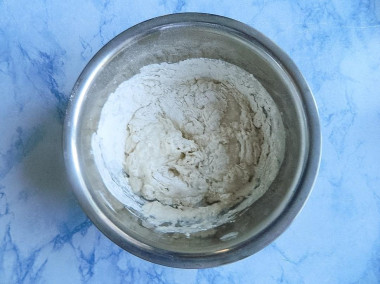
Pour vegetable oil and yeast diluted in water in small portions into the flour. Be sure to add the liquid component to the dry one, and not vice versa. So the dough will turn out the most successful. Since the properties of flour of the same grade, but different manufacturers may differ, in order to get the desired consistency, add flour in small portions.
Step 7:
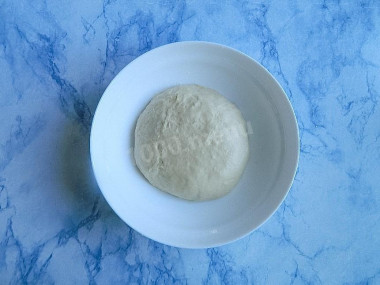
When it becomes difficult to knead with a spoon, start doing it with your hands. Knead the dough thoroughly. It should be soft and tender, but not stick to your hands. Lubricate the bottom and walls of the bowl with vegetable oil so that the dough does not stick to the dishes. Also knead the finished dough with your hands with butter. Cover the bowl with a napkin or towel so that it does not dry and rises well. Leave in a warm place for about 1-1.5 hours.
Step 8:
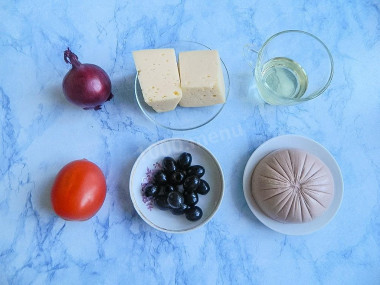
While the dough is rising, prepare the filling. Choose any cheese that melts well. Take the sausage that you like best. The onion tastes better blue - it doesn't have such a sharp onion flavor and tastes sweeter.
Step 9:
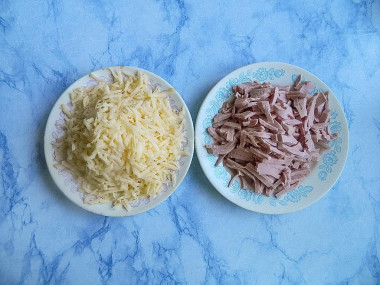
Cut the sausage into strips - this is a standard slicing for homemade pizza. Grate the cheese on a coarse grater.
Step 10:
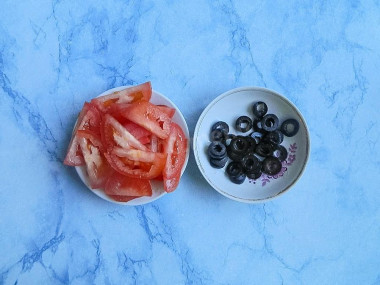
Wash the tomato, dry it, remove the stalk and cut into thin slices. Cut the olives into rings - it is better to remove the tails, with them the pizza will not look very neat.
Step 11:
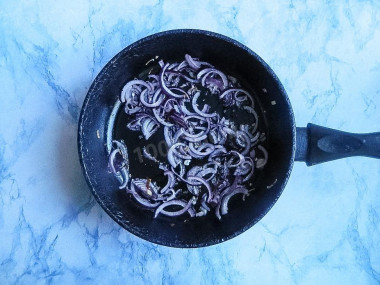
Peel the onion, wash it and cut it into half rings. Heat a frying pan with oil. Fry the onion on it for 3 minutes, stirring constantly. It should not become too soft, but only slightly puffed. Cool completely.
Step 12:
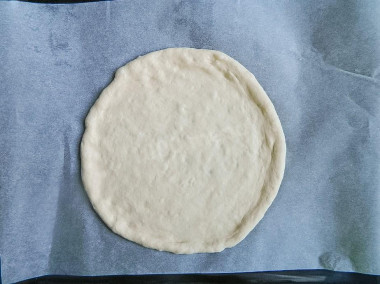
During this time, the dough should increase several times. From this amount of dough, you can make either one large pizza or two small ones. I will make two pizzas with a diameter of about 20 cm each. Mash the dough with your hands into a round layer. Leave the edges thicker to form a rim.
Step 13:
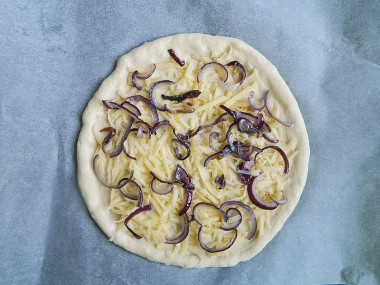
Divide the filling into 2 pizzas. Evenly distribute half of the cheese, evenly distribute the onion on top.
Step 14:
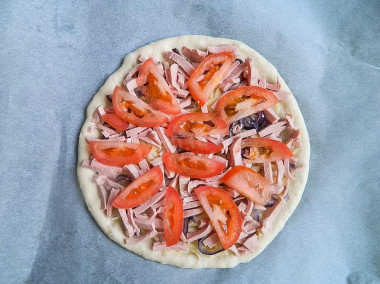
Lay out the sliced sausage in the next layer, with the tomato on top.
Step 15:
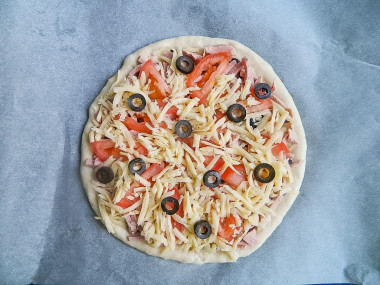
Sprinkle all the remaining cheese and spread the olives evenly. Bake for 15-20 minutes on the middle shelf of a preheated oven to 200 degrees with the "top-bottom" mode. The cooking time depends on the characteristics of your oven, so check the readiness. In the finished pizza, the dough will rise and slightly brown. When pressed gently with the palm of your hand, the dough should not "walk".
Do the same with the second pizza. The sequence of layers in the filling can be changed to your liking.
I decided to experiment and add ketchup to the second pizza. I smeared the dough with it . By adding one ingredient, I got a pizza with a different taste, but also very interesting.
Be prepared for the fact that you may need more or less flour than indicated in the recipe. Focus not on the amount of flour, but on the desired consistency of the dough. Read a lot of useful information about flour and its properties in this article!
Keep in mind that everyone's ovens are different. The temperature and cooking time may differ from those specified in the recipe. To make any baked dish successful, use the useful information in this article !
Caloric content of the products possible in the composition of the dish
- Tomatoes - 23 kcal/100g
- Dutch cheese - 352 kcal/100g
- Swiss cheese - 335 kcal/100g
- Russian cheese - 366 kcal/100g
- Kostroma cheese - 345 kcal/100g
- Yaroslavsky cheese - 361 kcal/100g
- Altai cheese 50% fat content - 356 kcal/100g
- Soviet cheese - 400 kcal/100g
- Cheese "steppe" - 362 kcal/100g
- Uglich cheese - 347 kcal/100g
- Poshekhonsky cheese - 350 kcal/100g
- Lambert cheese - 377 kcal/100g
- Appnzeller cheese with 50% fat content - 400 kcal/100g
- Chester cheese with 50% fat content - 363 kcal/100g
- Edamer cheese with 40% fat content - 340 kcal/100g
- Cheese with mushrooms of 50% fat content - 395 kcal/100g
- Emmental cheese with 45% fat content - 420 kcal/100g
- Gouda cheese with 45% fat content - 356 kcal/100g
- Aiadeus cheese - 364 kcal/100g
- Dom blanc cheese (semi-hard) - 360 kcal/100g
- Lo spalmino cheese - 61 kcal/100g
- Cheese "etorki" (sheep, hard) - 401 kcal/100g
- White cheese - 100 kcal/100g
- Fat yellow cheese - 260 kcal/100g
- Altai cheese - 355 kcal/100g
- Kaunas cheese - 355 kcal/100g
- Latvian cheese - 316 kcal/100g
- Limburger cheese - 327 kcal/100g
- Lithuanian cheese - 250 kcal/100g
- Lake cheese - 350 kcal/100g
- Gruyere cheese - 396 kcal/100g
- Granulated sugar - 398 kcal/100g
- Sugar - 398 kcal/100g
- Olives - 166 kcal/100g
- Vegetable oil - 873 kcal/100g
- Salt - 0 kcal/100g
- Sausage "amateur" - 291 kcal/100g
- Sausage "Ukrainian" - 404 kcal/100g
- Diabetic sausage - 254 kcal/100g
- Sausage "doctor" - 197 kcal/100g
- Diet sausage - 170 kcal/100g
- Milk sausage - 252 kcal/100g
- Water - 0 kcal/100g
- Onion - 41 kcal/100g
- Wheat flour - 325 kcal/100g
- Dry yeast - 410 kcal/100g




